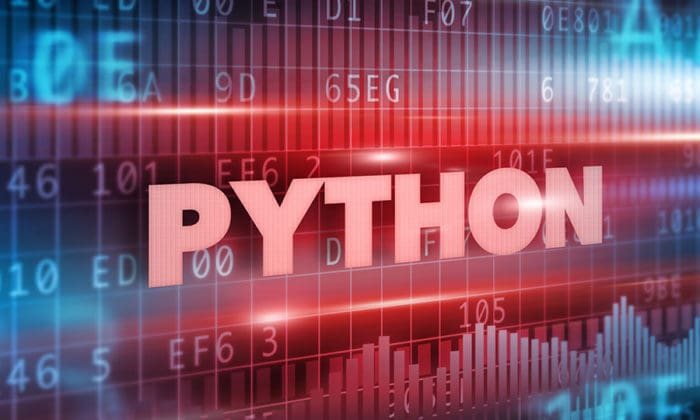See the prior installments in this series here. Part I, Part II, Part III, Part IV, Part V and and Part VI.
Spread is not Cointegrated
To view the complete print out of the ADF2 test, we can call adf2.
adf2
(-1.9620694402101162,
0.30344784824995258,
1,
502,
{‘1%’: -3.4434437319767452,
‘10%’: -2.5698456884811351,
‘5%’: -2.8673146875484368},
1305.4559226426163)
How about we take a breather here and review what we have learned so far. In this section, we began our journey toward understanding the efficacy of K-Means for pair selection and Statistical Arbitrage by attempting to develop a Statistical Arbitrage strategy in a world with no K-Means.
We learned that in a Statistical Arbitrage trading world without K-Means, we are left to our own devices for solving the historic problem of pair selection. We’ve learned that despite two stocks being related on a fundamental level, this doesn’t necessarily insinuate that they will provide a tradable relationship.
Understanding K-Means
Before we start implementing the K-means clustering algorithm for statistical arbitrage, let’s take a look at how K-Means works.
We will begin by importing our usual data analysis and manipulation libraries. Sci-kit learn offers built-in datasets that you can play with to get familiar with various algorithms. You can take a look at some of the datasets provided by sklearn here.
To gain an understanding of how K-Means works, we’re going to create our own toy data and visualize the clusters. Then we will use sklearn’s K-Means algorithm to assess its ability to identify the clusters that we created. Let’s get started!
#importing necessary libraries
#data analysis and manipulation libraries
import numpy as np
import pandas as pd
#visualization libraries
import matplotlib.pyplot as plt
import seaborn as sns
#machine learning libraries
#the below line is far making fake data far illustration purposes
from sklearn.datasets import make_blobs
Stay tuned -for the next installment in this series. Lamarcus will create the data to begin the analysis.
Any trading symbols displayed are for illustrative purposes only and are not intended to portray recommendations.
Disclaimer: All investments and trading in the stock market involve risk. Any decisions to place trades in the financial markets, including trading in stock or options or other financial instruments is a personal decision that should only be made after thorough research, including a personal risk and financial assessment and the engagement of professional assistance to the extent you believe necessary. The trading strategies or related information mentioned in this article is for informational purposes only.
Disclosure: Interactive Brokers Third Party
Information posted on IBKR Campus that is provided by third-parties does NOT constitute a recommendation that you should contract for the services of that third party. Third-party participants who contribute to IBKR Campus are independent of Interactive Brokers and Interactive Brokers does not make any representations or warranties concerning the services offered, their past or future performance, or the accuracy of the information provided by the third party. Past performance is no guarantee of future results.
This material is from QuantInsti and is being posted with its permission. The views expressed in this material are solely those of the author and/or QuantInsti and Interactive Brokers is not endorsing or recommending any investment or trading discussed in the material. This material is not and should not be construed as an offer to buy or sell any security. It should not be construed as research or investment advice or a recommendation to buy, sell or hold any security or commodity. This material does not and is not intended to take into account the particular financial conditions, investment objectives or requirements of individual customers. Before acting on this material, you should consider whether it is suitable for your particular circumstances and, as necessary, seek professional advice.














Join The Conversation
For specific platform feedback and suggestions, please submit it directly to our team using these instructions.
If you have an account-specific question or concern, please reach out to Client Services.
We encourage you to look through our FAQs before posting. Your question may already be covered!